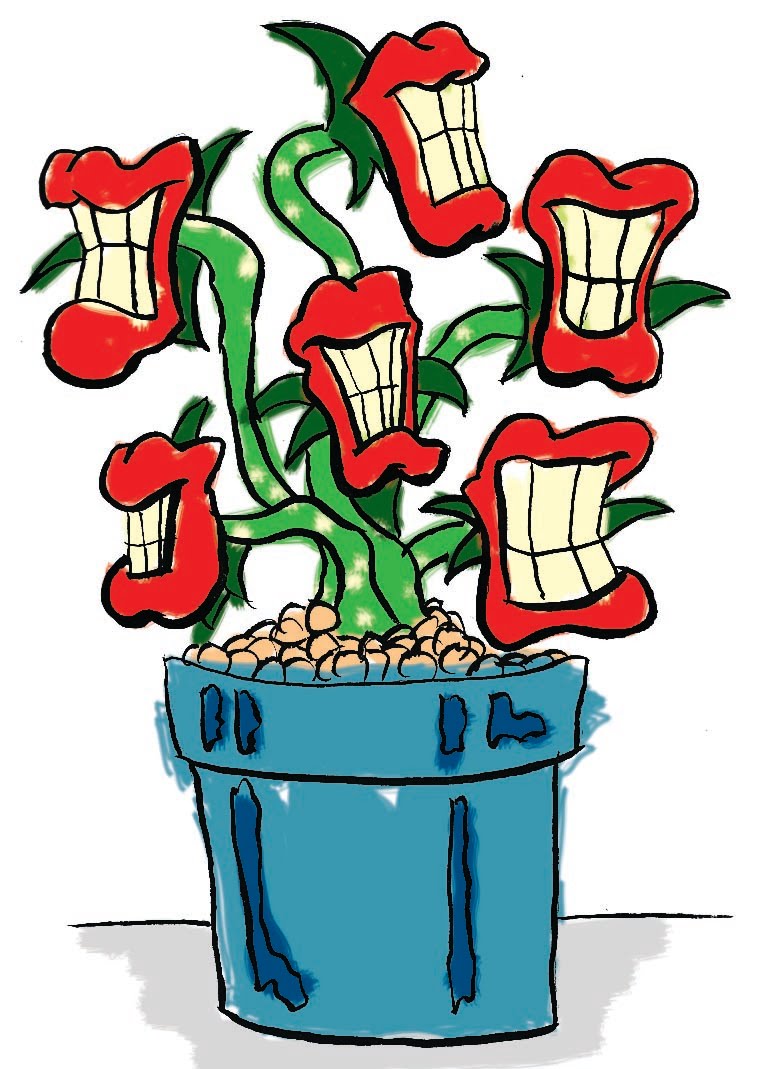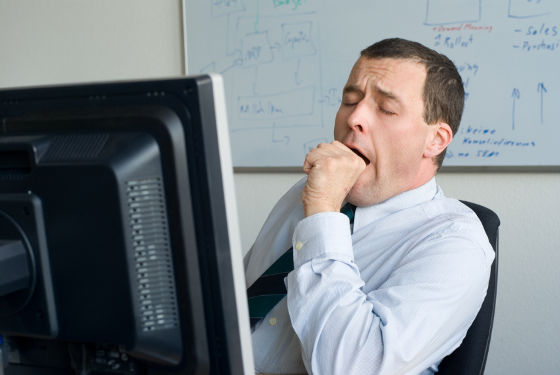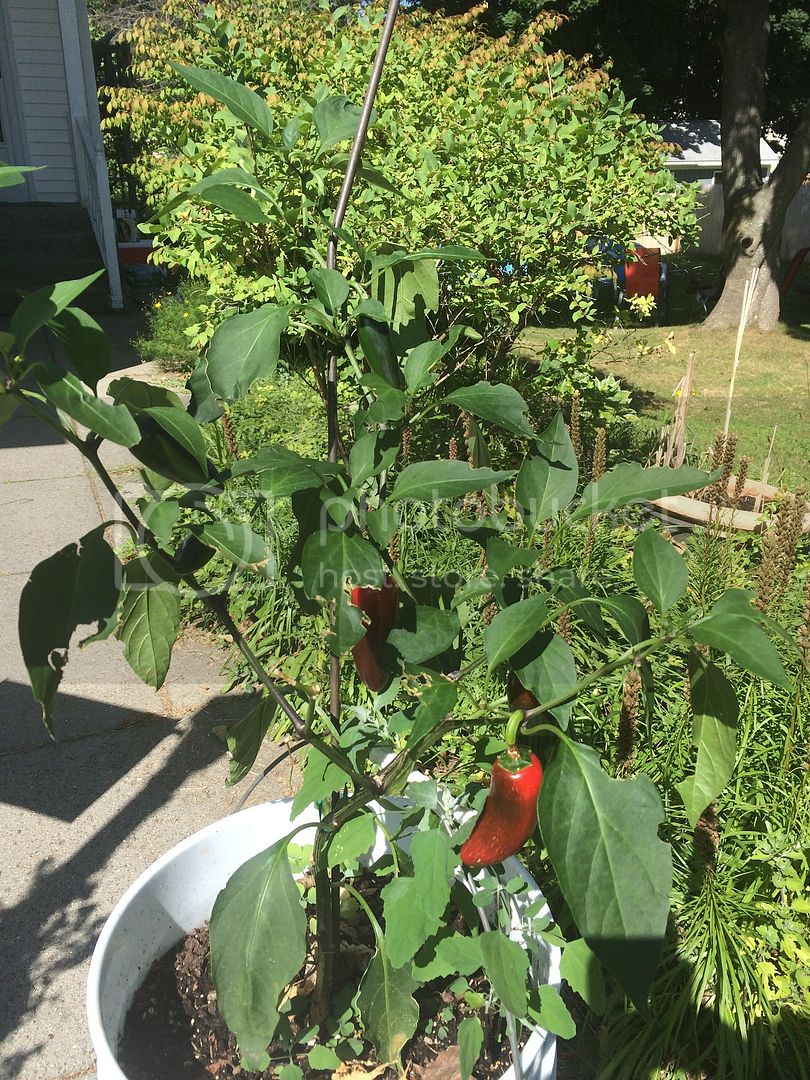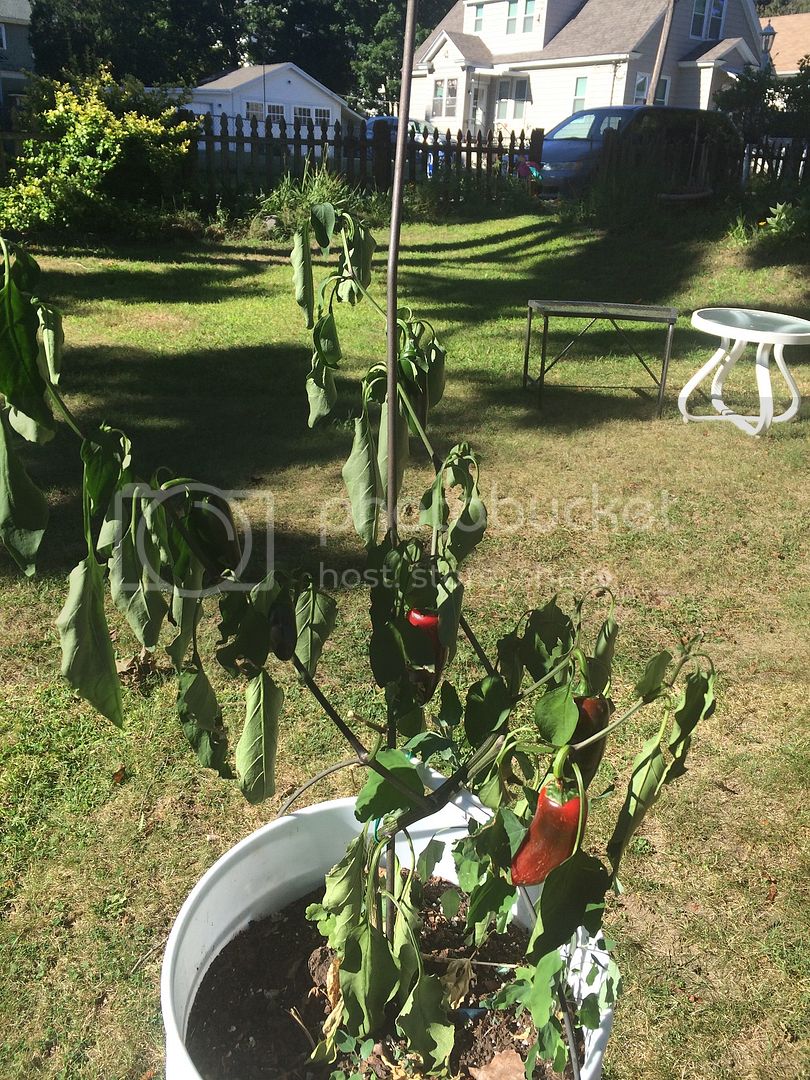In response to solid7, "You're the overzealous master of link posting, about things, and for the sake of. Feel free to find it, and repost it, yourself. If you can find an animated gif of Obama sitting on a crate yawning, you should have no problem finding a study that I linked to.", my response is - others with much more resources than any gardener has in his backyard and a single link posted I don't know when or where it came from, I'll take the links to well funded research by organizations that are internationally respected. Unlike those whose single mindedness is of their own observations with closed acceptance to widely accepted research I did due diligence and looked for and found it is a complex combination of many things but genetics, amount of stress, type of stress, and when applied can and caused slight decrease - no change - to substantial increase....
Aerican Society for Horticultural Science/Impact of Drought Stress on the Accumulation of Capsaicinoids in Capsicum Cultivars with Different Initial Capsaicinoid Levels
"In conclusion, capsaicinoid levels increased for all cultivars studied when subjected to drought stress, except for the cultivars in the high pungency group. A yield response under drought stress for the medium pungency group varied and was not found to be associated with drought stress."
American Society for Horticultural Science/Water Deficit Affects the Accumulation of Capsaicinoids in Fruits of Capsicum chinense Jacq.
"Habanero pepper plants under water stress had a lower height, root dry weight, and root/shoot relation than control plants, which were irrigated daily. However, fruit growth and production were unaffected by water stress. Capsaicin and dihydrocapsaicin concentrations increased in fruits of stressed plants compared with control plants, and this effect was correlated with fruit age. "
MDPI/Characterization of Different Capsicum Varieties by Evaluation of Their Capsaicinoids Content by High Performance Liquid Chromatography, Determination of Pungency and Effect of High Temperature
"High temperatures can be a negative factor in the accumulation of capsaicinoids in certain varieties
of chili peppers, this study showed that the varieties most affected were Jalapeño and De árbol peppers
as they lose 61.5% and 32.5% of total capsaicinoids, respectively. Moreover, the temperature rise in
greenhouse favored the accumulation of total capsaicinoids in varieties Guajillo and Serrano and
corresponding to an increase 3-fold. Furthermore, the Puya variety showed a slight increase of 21% in
the amount of total capsaicinoids; while having a slightly positive effect on Ancho with an increase of
8.6%. These data demonstrate that the responses of the peppers did not show a homogeneous behavior.
In literature it has been reported that levels of capsaicinoids increase in spicy peppers varieties more
than in sweet peppers when the temperature rises in the place where cultivated, however, our results
show a decrease in the amount of capsaicinoids in Jalapeño and De árbol varieties. "
Some like it hotter: UC Cooperative Extension tries to grow a spicier jalapeño
"Research studies in Mexico, Taiwan, Thailand and Spain have shown that water stress results in hotter peppers so Sanders and Baameur tried irrigating with less water. For us, it did not show that, Baameur said. We sampled fruit and we analyzed it for capsaicin content, which makes a pepper hot. It was fairly low, actually it was almost half of what the normal treatment, or control, would be.
The relatively cooler climate of the Santa Clara County area may be the reason the pepper plants produce different results. I think it's more a relation to heat, ambient temperature, much more than just water, Baameur said. Cool years and hot years will result in different heat units for the same jalapeño variety.[/size]
My conclusion is different influences have different results at different times but generally environmental stress has an influence on the pungency of peppers, YMMV.
NECM
`
`
Aerican Society for Horticultural Science/Impact of Drought Stress on the Accumulation of Capsaicinoids in Capsicum Cultivars with Different Initial Capsaicinoid Levels
"In conclusion, capsaicinoid levels increased for all cultivars studied when subjected to drought stress, except for the cultivars in the high pungency group. A yield response under drought stress for the medium pungency group varied and was not found to be associated with drought stress."
American Society for Horticultural Science/Water Deficit Affects the Accumulation of Capsaicinoids in Fruits of Capsicum chinense Jacq.
"Habanero pepper plants under water stress had a lower height, root dry weight, and root/shoot relation than control plants, which were irrigated daily. However, fruit growth and production were unaffected by water stress. Capsaicin and dihydrocapsaicin concentrations increased in fruits of stressed plants compared with control plants, and this effect was correlated with fruit age. "
MDPI/Characterization of Different Capsicum Varieties by Evaluation of Their Capsaicinoids Content by High Performance Liquid Chromatography, Determination of Pungency and Effect of High Temperature
"High temperatures can be a negative factor in the accumulation of capsaicinoids in certain varieties
of chili peppers, this study showed that the varieties most affected were Jalapeño and De árbol peppers
as they lose 61.5% and 32.5% of total capsaicinoids, respectively. Moreover, the temperature rise in
greenhouse favored the accumulation of total capsaicinoids in varieties Guajillo and Serrano and
corresponding to an increase 3-fold. Furthermore, the Puya variety showed a slight increase of 21% in
the amount of total capsaicinoids; while having a slightly positive effect on Ancho with an increase of
8.6%. These data demonstrate that the responses of the peppers did not show a homogeneous behavior.
In literature it has been reported that levels of capsaicinoids increase in spicy peppers varieties more
than in sweet peppers when the temperature rises in the place where cultivated, however, our results
show a decrease in the amount of capsaicinoids in Jalapeño and De árbol varieties. "
Some like it hotter: UC Cooperative Extension tries to grow a spicier jalapeño
"Research studies in Mexico, Taiwan, Thailand and Spain have shown that water stress results in hotter peppers so Sanders and Baameur tried irrigating with less water. For us, it did not show that, Baameur said. We sampled fruit and we analyzed it for capsaicin content, which makes a pepper hot. It was fairly low, actually it was almost half of what the normal treatment, or control, would be.
The relatively cooler climate of the Santa Clara County area may be the reason the pepper plants produce different results. I think it's more a relation to heat, ambient temperature, much more than just water, Baameur said. Cool years and hot years will result in different heat units for the same jalapeño variety.[/size]
My conclusion is different influences have different results at different times but generally environmental stress has an influence on the pungency of peppers, YMMV.
NECM
`
`





